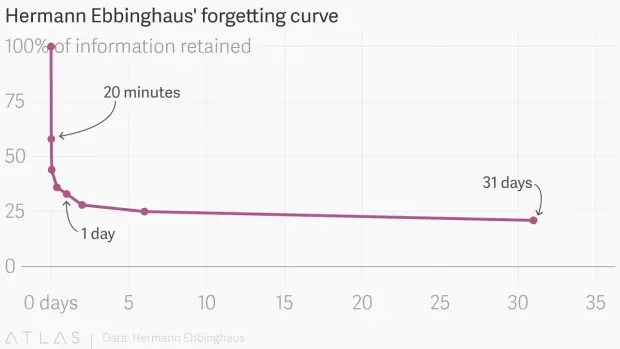
Employee training programs are vital for productivity in companies of every size, but especially in large corporations with big teams and lots of business tools.
Without an effective training program, there's a very high chance that new employees will get lost in the crowd. They won't be sure about their responsibilities, won't feel part of the company culture, and won't know which tools to use in which situations. They probably won't see how their area of work fits into the bigger picture of business success, and won't feel engaged with their job.
Employee training programs aren't just for training new employees, either. They are the best way to make sure that your long-term employees know about your latest and best tools and apps, are fully plugged into company culture, and feel like valued members of the organization.
In short, a good employee training and development program can be all that stands between a buzzing, thriving business full of committed and engaged employees, and a business that's limping along with a party of confused, resentful, and divided workers.
The real challenge lies in implementing an effective employee training program. Here are the secrets you need to know in order to establish an effective employee training program in your organization.
Turn employees into active participants in their learning
Think back to your school days, when you sat in class and listened to your teacher drone on about science or math. How much do you remember from those classes?
Now remember when you learned how to ride a bike. You almost certainly learned how to balance your weight, how to lean into a curve, and how to slow down on wet roads much faster than you learned trigonometry.
When you learned how to ride a bike, you were an active participant in the learning process. You weren't just passively listening to a teacher; you were continually trying out different possibilities and discovering the best ones.
You want your employee training program to be more like learning to ride a bike, and less like a high school math class. Today, this is called contextual learning. Digital tools enable you to create training programs that help employees learn skills and workflows while carrying out real tasks. This way, they become active learners who are much more likely to remember what they learn.
Create multiple opportunities to repeat the material
According to the German psychologist Hermann Ebbinghaus, humans forget up to 40% of new material within 20 minutes of the end of a lesson, and as much as 75% by the next day. Pretty depressing statistics for anyone setting up an employee training program.

The good news is that Ebbinghaus also proved that you can minimize what he called the "forgetting curve" by repeating the same material at regular intervals. That means incorporating regular reviews into your employee training program and continuing it for longer in order to accommodate review. You can do this by embedding reminders into your business tools and employee training interfaces, as well as by dividing up material into smaller amounts and teaching them over an extended period of time.
Make the learning process fun
Let's face it, we all learn better when we're enjoying ourselves. So why would anyone want to create a boring employee training program? Today's cutting-edge technology offers so many ways to make your employee training programs enjoyable and satisfying:
Gamify the experience, turning lessons into adventures and challenges that feel like video games.
Create ways for employees to earn points and gain rewards.
Set up leaderboards so that employees can compete with each other for top billing.
Require employees to work through problems on their own using problem-based learning.
Generate compelling graphics that visually depict their progress through the training course.
Customize the training program for each participant
Once upon a time, personalized employee training programs were an impossible ask, but digital technology has brought them to reality. With advanced tools, you can set up training programs that move at each employee's own pace. The user can speed up the program if they find it easy, or slow it down and repeat sections they find it too hard.
Embedded prompts, reminders, and shortcuts to relevant help sections make it easy for employees to get started sooner, knowing that they can request non-judgmental help whenever they feel they need it.
Embrace the potential of multimedia
It's easy to forget that you can incorporate multiple media types alongside each other as part of your employee training and development programs. Audio instructions, video guides, and written information can all coexist in the same program, allowing users to select their preferred medium.
Bear in mind that the same learner might prefer different media at different times, depending on the situation. Offering the same material across a range of media means that they can pick and choose their ideal learning style at every moment, the one that helps them absorb and remember material most successfully.
Digital tools are the hidden foundation of effective employee training programs
By tapping into the power of smart, digital employee training programs, you can reach your employee training goals and create the productive, vibrant business of your dreams. Offering training through the medium and at the pace of each user, setting up frequent review opportunities, making your employees active partners in the training process, and above all, encouraging employee buy-in through gamification and friendly competition are the fundamental secrets to an employee training program that really works.



